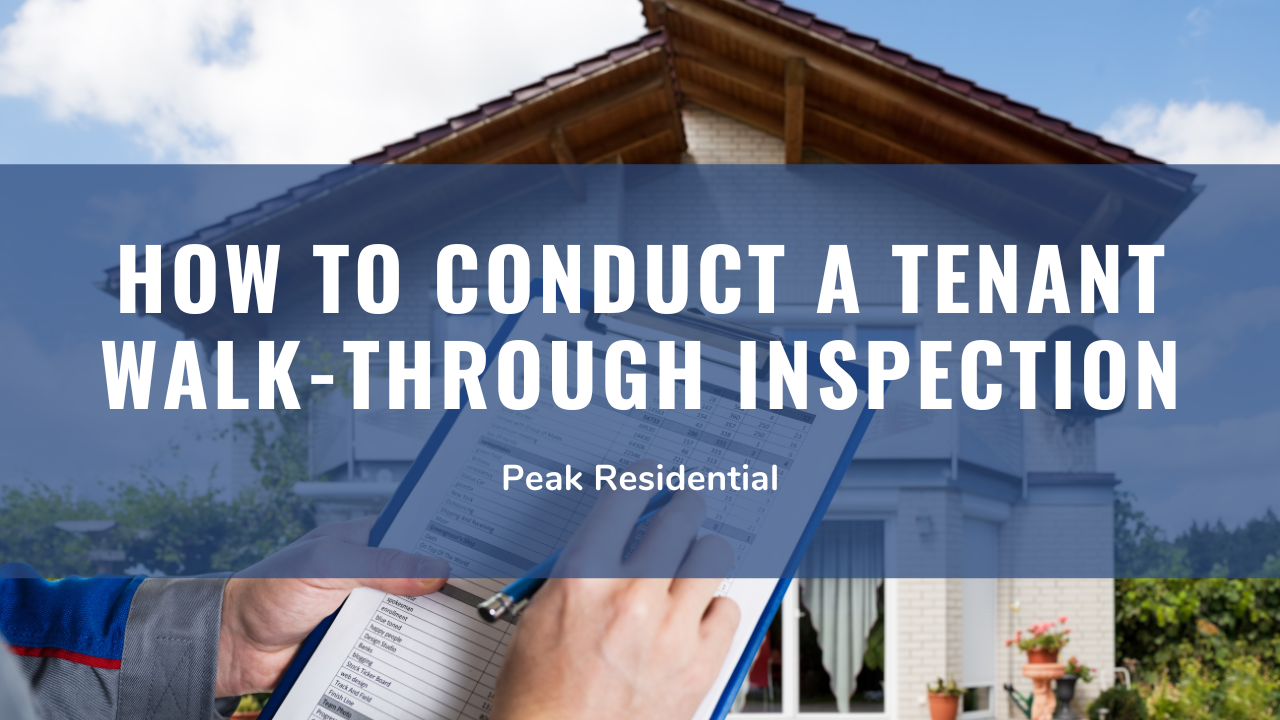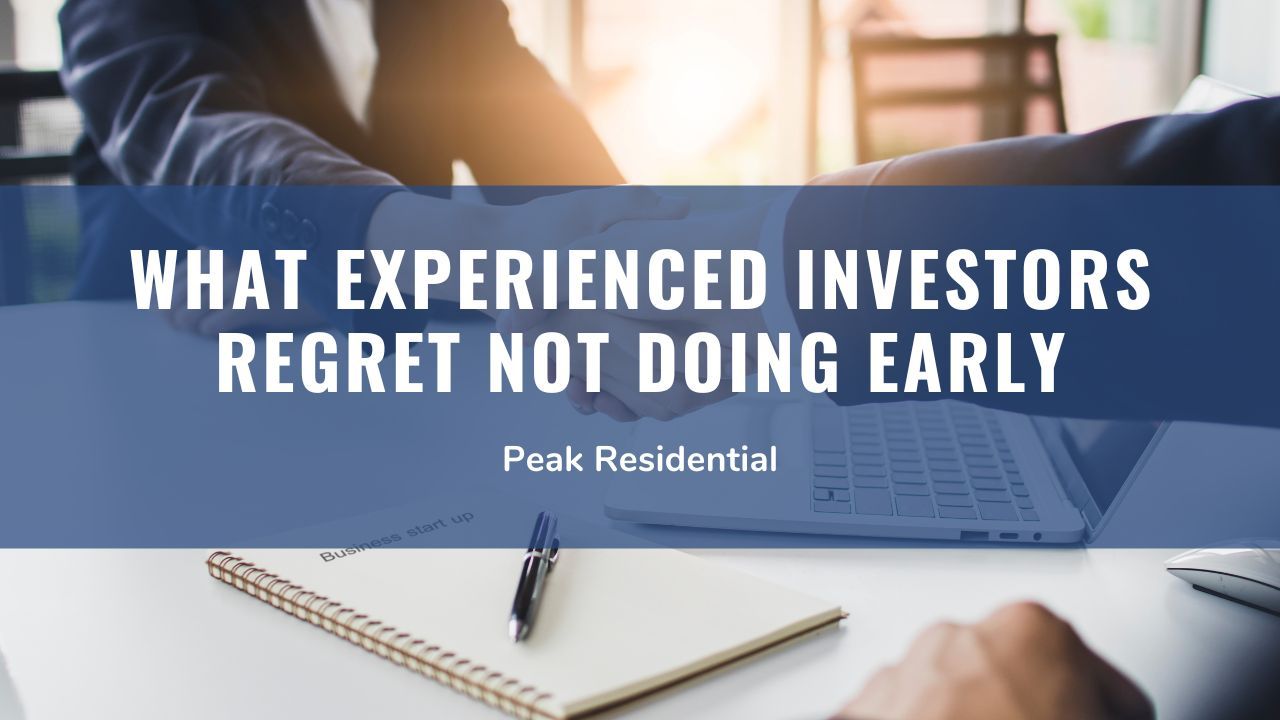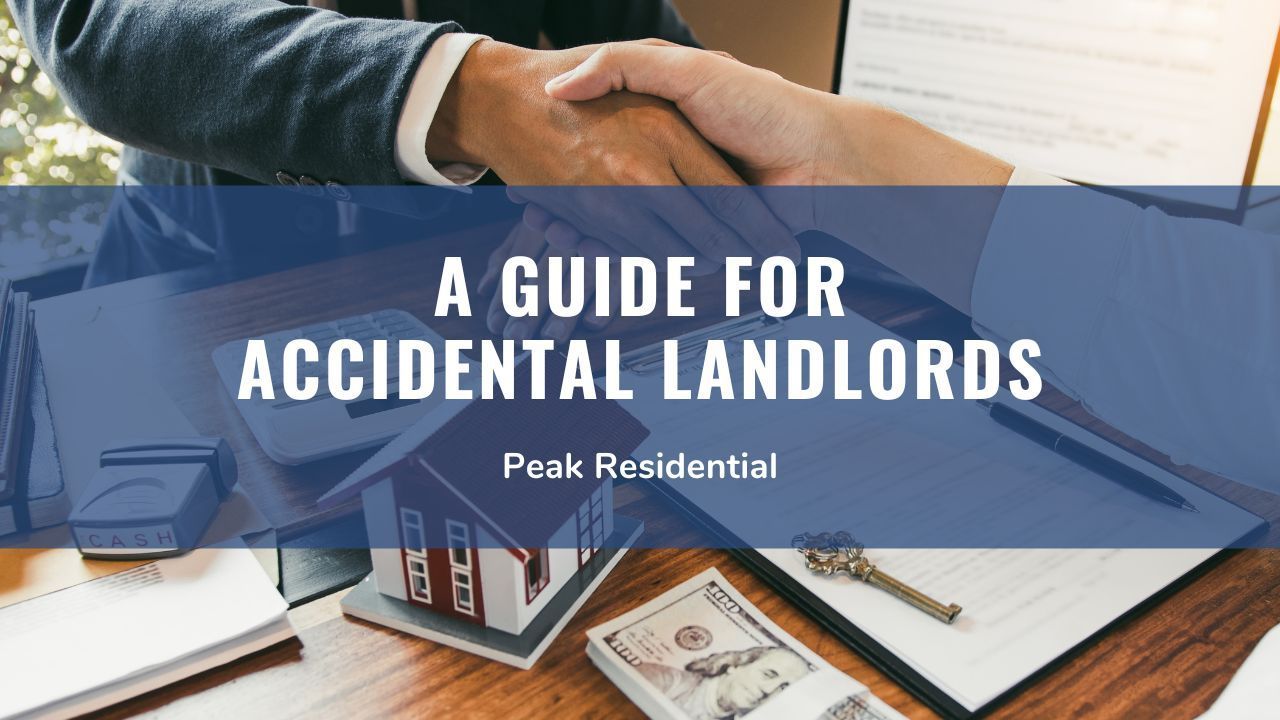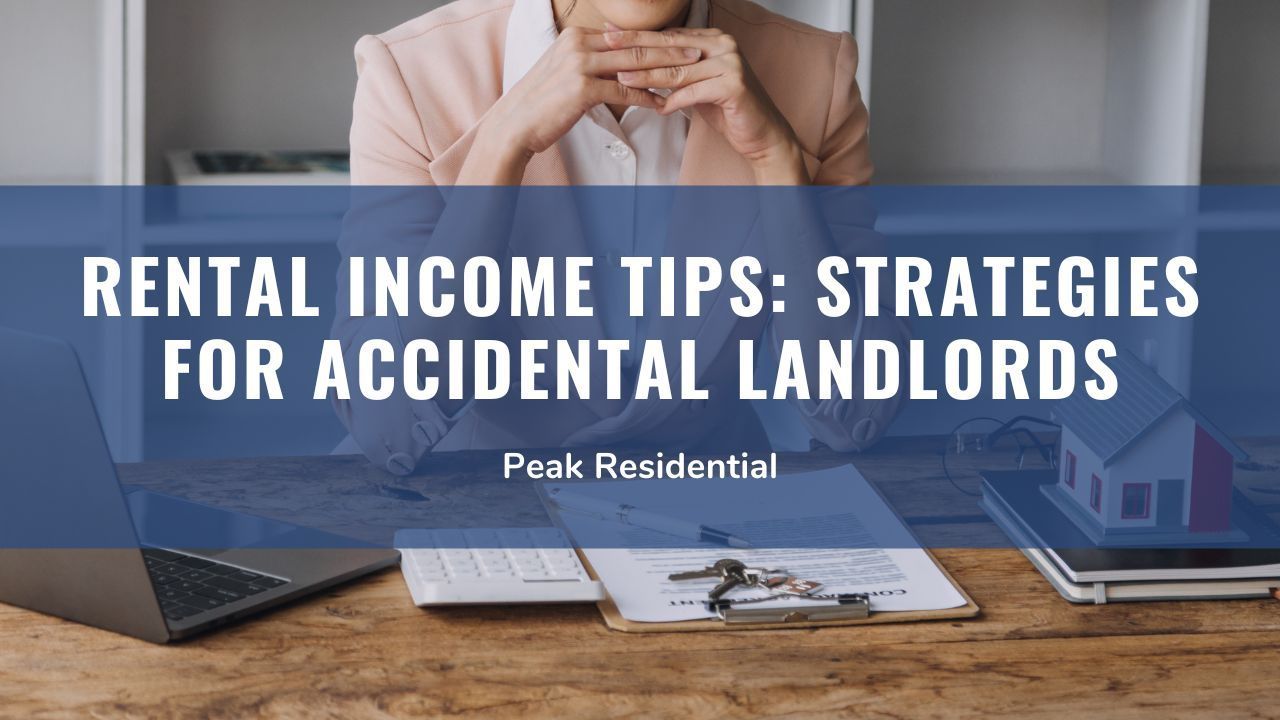How to Conduct a Tenant Walk-Through Inspection

Tenant walk-through inspections are key to protecting your investment and ensuring you maintain great relationships with your short and long-term tenants. When you conduct this kind of property inspection, you and your new tenant can assess the property's condition, determine if any repairs are necessary, and establish maintenance expectations.
However, it can be difficult to determine where to start when performing tenant walk-throughs after you
find a new tenant. That’s why the experts at Peak Residential have created this handy guide to walk-through inspections.
Keep reading to learn more!
Schedule the Inspection
Because walk-through inspections help set the tone for your relationship with your tenants, it’s crucial to arrange them at a time that’s convenient for both you and your new renter. While California State Law requires you to provide the tenant with 24-hour advance notice of the inspection, it may be worthwhile to reach out to the renter even earlier to make scheduling easier.
In addition, it’s important to remember that life happens, and you or your tenant may need to reschedule. If you need to change the inspection time, give your new renter as much notice as possible.
Create a Pre-Inspection Checklist
Before conducting the inspection, create a checklist of items to inspect the property. This will help you make sure that you don't miss anything and that all the items are in good condition.
Do Your Own Checks First
Check all the common areas and the exterior of the property. Further, check the locks and the security system. Look out for any signs of water damage, pests, or mold.

Make sure to note any damages, if any, and take pictures to document the findings. This will help you in the event of any dispute later on.
Test Property Systems
Test the electrical systems and appliances. Check that the smoke detectors are in working order and that the heating and cooling systems are also in good condition.
Check the Plumbing
Next, test each plumbing fixture and observe the water pressure and temperature. If you notice any issues, call a plumber to assess the situation.
Inspect Doors and Windows
Make sure all gates, windows, and doors can be unlocked and opened easily. Check for any damage, and make sure all the locks are working properly.
Prepare the Inspection
To start preparing for the inspection, gather all the necessary documents. These include the tenant’s lease agreement, security deposit information, any repair and maintenance records, a checklist of items to inspect, and any other paperwork related to the property.
This will help you to compare the condition of the property before and after the
tenant moves out. It is also essential to document any existing damage to the property and take photographs of the residence.
Walk Through the Unit
When it's time to conduct the inspection, walk through the unit with the tenant and use a checklist to document the condition of the property.
During the Walk-Through
Answer Questions
Be prepared to answer questions the tenant may have about the rental property.

Ask the tenant what they are most interested in learning about and provide detailed information.
Explain Rental Policies
Make sure to discuss any rules or restrictions in place for the property. This could include pet restrictions, noise restrictions, or parking regulations.
Discuss Rental Terms
Discuss the rental terms with the tenant, such as the monthly rent cost, security deposit, and lease length. Make sure they understand the terms and conditions of the lease and that they agree to them before signing.
Take Pictures
Take pictures of the rental property during the walk-through to document the property's condition. This can serve as evidence if the tenant attempts to dispute any damage charges at the end of their tenancy.
Sign the Inspection Form
Once you have completed the walk-through, review the inspection form with the tenant and make sure they agree with the conclusions. If they have any additional notes or comments, add them to the form. Once the tenant has signed the document, give them a copy and make sure to keep a copy for your records.
Give the Tenant Time to Find More Problems
After the walk-through, allow the tenants to find any additional problems as they adjust to their new home.

Have them list any issues and take pictures for your records.
Follow Up
Follow up with the tenant after the inspection to ensure any issues or damages have been addressed. A follow-up is also an excellent opportunity to remind the tenant of your rental policies, such as rent due dates, business hours, and other information.
Summary
A tenant walk-through inspection is a great way to ensure your property is maintained well by your tenants.
Conducting a tenant walk-through inspection in California is a legal requirement and one that should not be taken lightly. As a landlord, it is your responsibility to ensure that the property is kept in a safe and habitable condition.
For assistance in tenant walkthroughs or any other aspect of property management, reach out to the experts at
Peak Residential today!
















